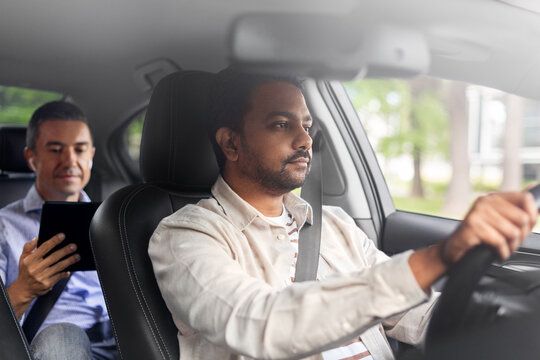Many cherish the idea of a carefree weekend and long late night drives. Yet, few grasp the value of this freedom, often taking it for granted. The recent Pune Porsche incident served as a wake-up call, igniting public outrage over the lack of driving regulations and no strict actions or penalties in the country. With minors frequently engaging in illegal driving and drunk driving late at night, countless lives are lost to reckless behavior. According to reports, In 2023 around 1.68 lakh people lost their lives either due to reckless driving, over speeding, drunk driving, etc. Whereas the total number of road accidents went up by 11.9% to 4.61 lakh as per reports by the Ministry of road transport and highways. As a result, the new driving rules have been set up recently in India.
Why Is A Driving License Important?
A driver’s license is essential for legal compliance, safety, identification, insurance eligibility, and demonstrating responsibility. It serves as proof of meeting standards set by authorities, ensuring that drivers possess the necessary skills and knowledge to operate vehicles safely on public roads. Additionally, it often doubles as a primary form of identification and may be required for certain job opportunities involving driving or transportation. Overall, a driver’s license represents responsibility and adherence to traffic laws, making it a crucial document for anyone wishing to drive legally and safely.
What Are The New Driving Rules?
Effective from 1st June, 2024 the government has set up new rules for driving license holders. Following are the new protocols set by the Ministry of Road Transport and Highways.
According to the new driving rules, people can take driving tests at private sectors and it’s no longer a compulsion to take a driving test at government regional transport offices (RTOs). The private institutes will be able to conduct tests and issue a certificate that will further help with obtaining a driving license.
Private driving schools must have at least one acre of land, or two acres for four-wheeler training, according to new regulations. These centers will also provide access to a suitable testing facility. This new rule aims to reduce pollution by getting rid of about 900,000 old government vehicles and making car pollution rules stricter.
Stricter rules have also been set for minors driving a vehicle illegally as the new rule now sets a fine of Rs. 25,000. It is also stated that along with minors the parents too may face penalties. This could also lead to suspension of one’s driving license and they can be ineligible to acquire a driving license until the age of 25.
Trainers at the private institutions also need to have a degree and 5 years of driving experience and be proficient in biometrics and IT systems.
The training durations have been revised as per the new rules and depending on the type of vehicle one may have. They are as follows:
1. Light Motor Vehicles: Training period- 29 hours over 4 weeks time period. (8 hours of theory and 21 hours practical training)
2. Heavy Motor Vehicles (HMV): Training period- 38 hours over 6 weeks time period. (6 hours theory and 31 hours practical training)
License and Fee Revisions:
It must be noted that the application process for applying for a drivers license remains the same and one can apply online or offline through the government site Parivahan.
The issuance of a driving license costs ₹200 for individuals and renewal of a standard driving license too would be ₹200. However, if the renewal occurs after the grace period, the fee will increase to ₹300, with an additional ₹1000 for each year or part of a year after the grace period.
The new rule also states that driving instruction schools will incur a ₹5,000 fine for granting or renewing licenses without training, as well as for getting a duplicate license.
Under rule 29, a complaint against licensing authority orders would result in a fine of ₹500. Whereby, there will be a ₹200 cost to change a driver’s license’s address or any other information.
The new laws also state that ₹150 will be needed to obtain a learner’s license, plus an extra ₹50 for the test or retake. The driving exam, or any follow-up retest, will cost ₹300.
It should be noted that an international driving permit, which is required to drive a vehicle overseas, now costs ₹1,000. Families would now have to pay ₹500 if they want to add another car to their license. Whereby for those drivers who work with hazardous goods vehicles, will cost ₹200.
The Ministry of road transport and highways has partially eased the process of obtaining a new license by lowering the amount of documents required. Depending on whether you’re seeking for a four- or two-wheeler license, different paperwork are required, therefore RTOs will require smaller physical checks.
In conclusion, the necessity for driver’s licenses and stringent regulations becomes evident in light of the alarming statistics on road accidents and fatalities. Implementing these measures not only ensures safer roads but also underscores the importance of responsible driving behavior. By holding individuals accountable and promoting adherence to these new driving license rules, we can mitigate the devastating consequences of reckless driving, safeguarding lives and providing road safety for all.
































